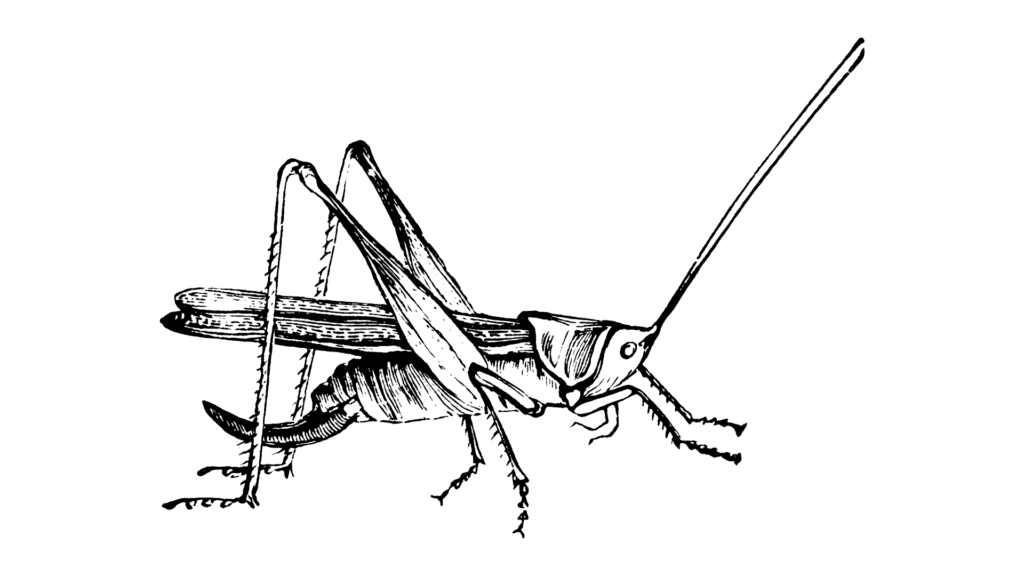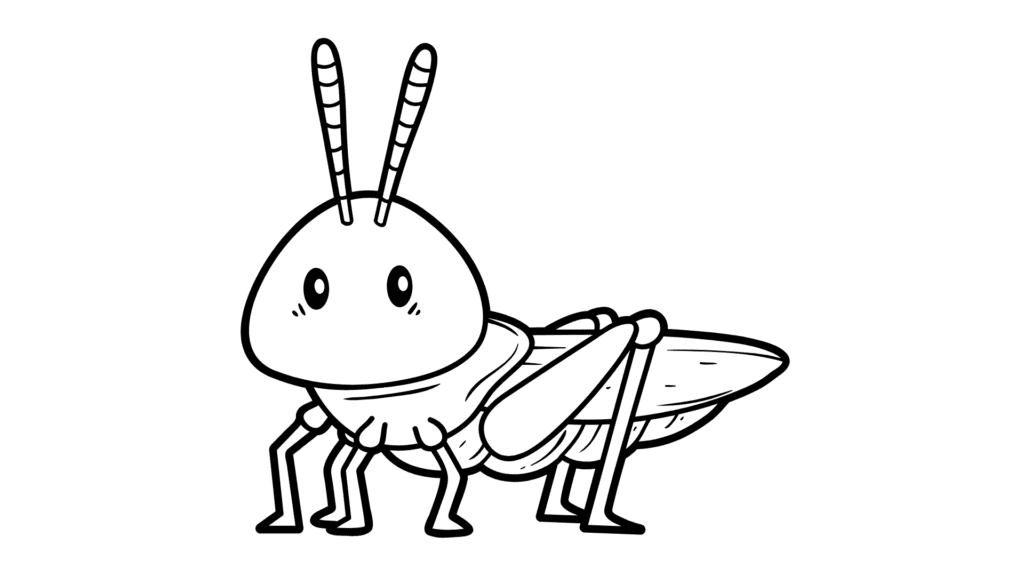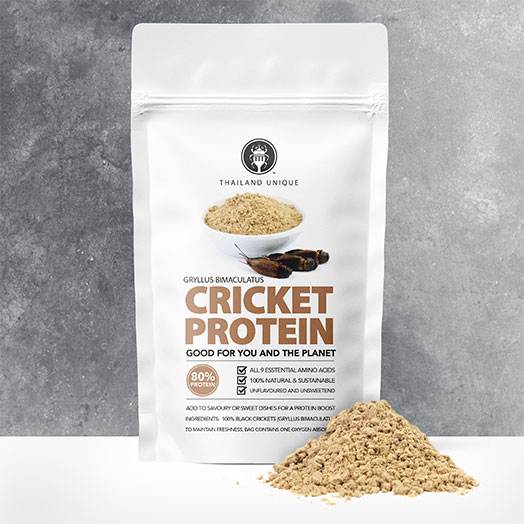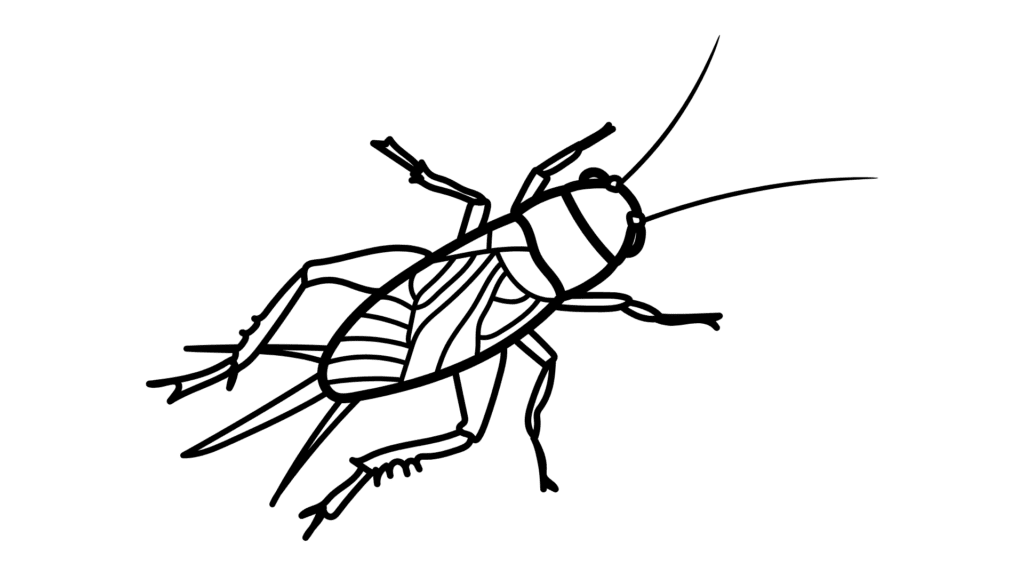Acheta Powder: Bugs in Your Food (On Purpose This Time)

Ever notice how people get squeamish about eating insects but have no problem consuming bottom-feeding sea bugs (shrimp) dipped in butter? Our food prejudices are weird.
And they might be changing, because acheta powder – literally ground-up crickets – is quietly making its way into protein bars, baked goods, and smoothies across the country.
Why would anyone willingly eat cricket powder? Let’s break it down.

What exactly is this cricket stuff anyway?

Acheta powder is made from ground-up house crickets (scientific name: Acheta domesticus). These aren’t random bugs scooped off your patio – they’re farm-raised specifically for human consumption.
The crickets are processed, dried, and ground into a fine powder that looks like light brown flour. And nutritionally, it’s pretty impressive:
- 60-70% protein content (higher than beef or chicken)
- Contains all essential amino acids (making it a complete protein)
- Rich in B12, iron, and calcium
- High in fiber (something most animal proteins lack)
The taste? Surprisingly mild – slightly nutty with earthy notes. Nothing like what you’d expect bugs to taste like.
The real reason brands are jumping on the cricket train

While companies love to emphasize the nutritional benefits, let’s be real – the biggest selling point is sustainability.
Compared to traditional livestock, cricket farming is ridiculously efficient:
- Requires 2,000 times less water than beef
- Produces 100 times less greenhouse gases
- Needs 10 times less feed
- Takes up minimal land space
With growing concerns about how we’ll feed 10 billion people by 2050, acheta powder represents a legitimate solution to our protein problem.
Companies putting bugs in your food (and being proud of it)

A growing number of brands are embracing cricket protein:
Exo Protein – The Tesla of cricket brands. They’ve made protein bars with flavors that actually taste good, not just tolerable.
Bitty Foods – Based in San Francisco (of course), they focus on cricket cookies and baking flour, positioning crickets as a gateway bug for hesitant Americans.
Chapul – The OG cricket protein pioneers who appeared on Shark Tank. Their marketing brilliantly connects cricket protein to athletic performance rather than just sustainability.
Chirps – Making cricket consumption fun with snack chips and baking mixes. Their cricket chips are basically Doritos with extra protein.
Cricket Flours – Sells pure cricket powder along with mixes for cricket brownies and pancakes (because if you’re going to eat bugs, they might as well be in chocolate form).
Several other players like Ento, Aketta, and 3 Cricketeers are crowding into the space, betting big that Americans will eventually get over their bug bias.
How these brands are sneaking crickets into your diet
The smart companies know that most people aren’t ready to munch on whole roasted crickets. Instead, they’re incorporating acheta powder into familiar foods:
- Protein bars (the gateway cricket product)
- Baking mixes for cookies, brownies, and bread
- Protein powders for smoothies
- Pasta and snack chips
- Energy bites and granola
Some companies are even putting cricket protein in pet food, which makes perfect sense since your cat would happily eat bugs anyway.
The real question: Should you actually eat this stuff?
If you can get past the mental hurdle of “eating bugs,” acheta powder has legitimate benefits:
- High-quality protein without the environmental impact of meat
- Nutrient density that rivals or exceeds most animal proteins
- Digestibility that works well for most people
- Versatility that lets you add it to foods you already eat
The easiest way to try it? Add a tablespoon to a smoothie with strong flavors like chocolate or banana. You won’t taste it, but you’ll get the nutritional benefits.
For the more adventurous, replace up to 25% of the flour in baking recipes with cricket flour. It works surprisingly well in brownies (the chocolate masks any cricket flavor).
A few things to consider before jumping on the cricket bandwagon
Before you dive into the cricket craze, keep these points in mind:
- Shellfish allergies: If you’re allergic to shrimp or lobster, you might react to crickets too (they’re related).
- Price point: Cricket products are expensive compared to traditional proteins. That protein bar might cost $4 instead of $2.
- Cultural acceptance: Be prepared for some raised eyebrows if you break out cricket snacks at the office.
- Labeling awareness: Some products don’t prominently advertise their cricket content, so check ingredients if you’re trying to avoid (or seek out) insect protein.
The bottom line: Crickets aren’t just for campfire stories anymore
Acheta powder represents a fascinating evolution in our food system – a return to insects as food (something humans have eaten throughout history) but with modern processing and marketing.
While cricket protein remains niche for now, growing environmental concerns and protein demands may push it further into the mainstream. The companies positioning themselves in this space are betting that our cultural aversion to eating insects is learned, not innate – and therefore can be unlearned.
Would I recommend trying cricket protein? Absolutely. Start with a product where the cricket content is well-disguised (like a chocolate protein bar) and work your way up from there.
After all, if you already eat shrimp, lobster, or crab (essentially the cockroaches of the sea), you’ve already crossed the arthropod line. Crickets are just their land-based cousins with a better PR problem.
Interested in learning more about the world of bug protein? Check out our article on worm protein powder.
